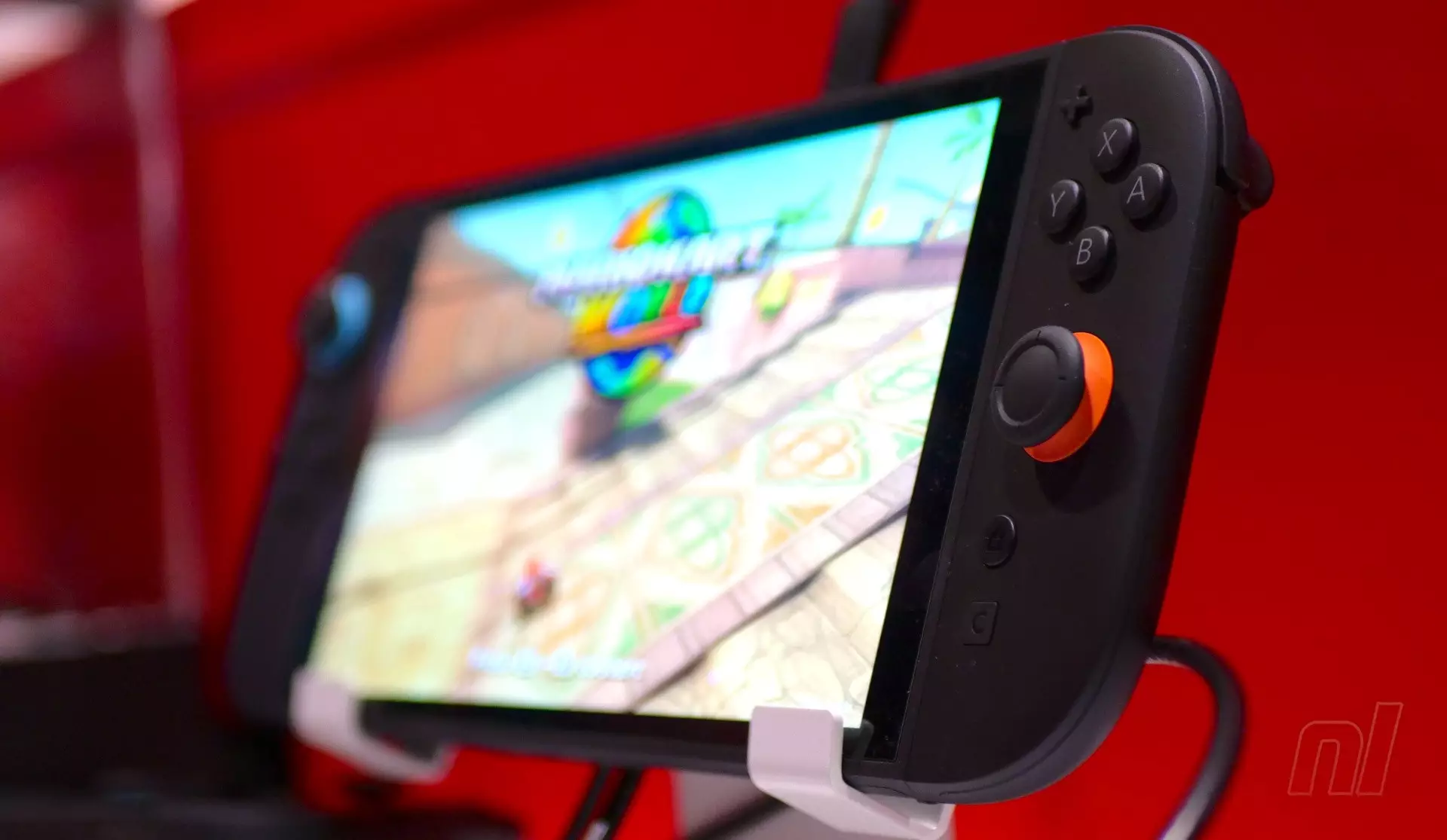The launch of Nintendo’s Switch 2 has sparked significant interest and debate within the gaming community and industry insiders alike. While Nintendo has traditionally prioritized innovative gameplay and versatility over raw hardware power, the second iteration of its hybrid console signals an intriguing shift. Developers and industry experts are now dissecting its hardware capabilities, attempting to match the technical specs with practical performance benchmarks. But beneath the surface lies a complex narrative—one that questions whether the Switch 2 can truly challenge contemporary systems or if it remains a refined, albeit modest, evolution of its predecessor.
At first glance, speculation suggests that the Switch 2’s hardware positions it closer to the Xbox Series S than to the PlayStation 4 in terms of raw processing strength. This comparison immediately raises eyebrows, considering the Series S’s reputation as a budget-friendly yet potent piece of hardware within the current generation. The GPU, in particular, highlights this nuanced positioning; it reportedly performs slightly below the Series S. However, Nintendo’s inclusion of advanced technologies like DLSS (Deep Learning Super Sampling) introduces a transformative dimension that could offset raw power limitations. The real question is whether these technological enhancements compensate for the slightly lower GPU performance and what that means for game quality and porting efficiency.
Meanwhile, the CPU presents a different picture. Experts observe that the Switch 2’s processing units are somewhat akin to the PlayStation 4’s capabilities, or even slightly surpassing its performance. This suggests that while the system may not blow previous-generation consoles away in raw CPU power, it offers enough horsepower to handle CPU-intensive tasks. Yet, since most modern games tend to be optimized around GPU performance, the CPU’s relative strength might have limited practical impact—unless the game heavily relies on physics computations, complex animations, or other CPU-bound processes. This fundamental hardware nature will inevitably influence how developers approach porting existing titles and designing future games for the platform.
Implications for Developers and the Gaming Ecosystem
The technical insights provided by industry players such as Koei Tecmo and Firaxis further illuminate the strategic positioning of the Switch 2. Koei Tecmo describes the system as “closer to Xbox Series S” in terms of raw computational capacity, implying that developers might find porting and optimizing AAA titles more feasible than initially presumed. If this proves accurate, it could open avenues for more substantial third-party support, a perennial challenge for Nintendo consoles historically overshadowed by larger hardware offerings from Sony and Microsoft.
Nvidia’s characterization of the Switch 2’s chip as a “technical marvel” and “unlike anything they’ve built before” underscores the innovative engineering behind Nintendo’s hardware design. The use of cutting-edge technologies like DLSS, which leverages AI to upscale lower-resolution images for better visual fidelity, indicates that Nintendo is seeking to bridge the gap between raw power and perceived visual quality. This approach might redefine how we measure a system’s capability—not solely through traditional metrics but also through intelligent hardware augmentation.
However, limitations remain. The performance gap—particularly in GPU power—means developers must adapt their expectations and techniques. Titles that push the limits of physics simulations or contain elaborate environments might face challenges in achieving smooth frame rates without significant optimization. Even so, if successful, the Switch 2 could serve as a versatile platform that balances portability with a surprising level of graphical and computational fidelity.
Ultimately, the success of the Switch 2 will hinge on whether Nintendo and third-party developers harness these technological innovations creatively. The console’s potential to deliver enhanced gaming experiences while maintaining its signature hybrid form factor could make it a compelling choice for a broad audience. But skepticism persists—can a system with hardware aligned more with last-gen or mid-range current-gen consoles truly carve out a distinctive space in an increasingly demanding gaming landscape?
The real test lies ahead. If the Switch 2 can deliver consistent performance through software optimization and leverage its tech features effectively, it might not only meet but exceed expectations. Whether it will redefine portable gaming or remain a clever compromise depends on how developers, publishers, and Nintendo itself choose to unlock its full potential.

